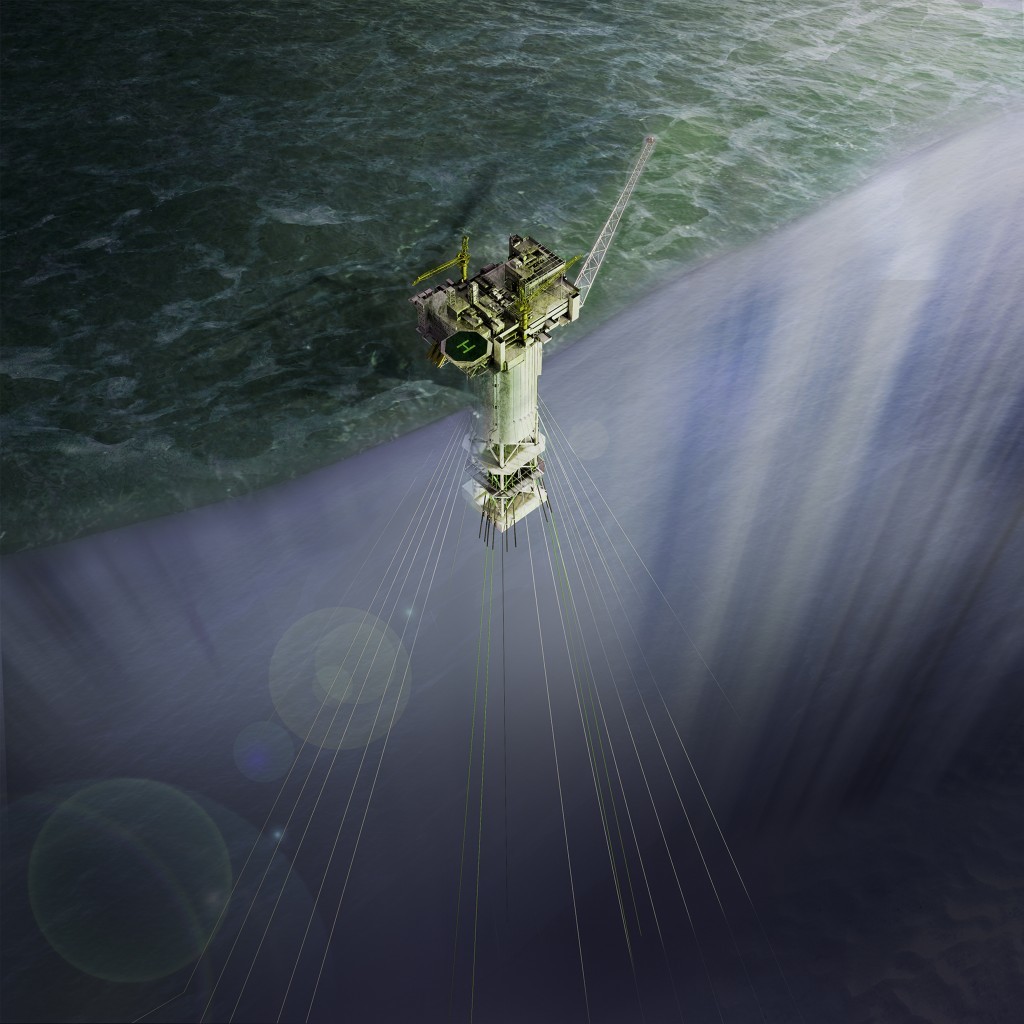
Statoil has made a second gas discovery in the Roald Rigg prospect in the Norwegian Sea.
It marks the second discovery in the Aasta Hansteen area this year.
Last month, well 6706/12-2 was drilled by Transocean Spitsbergen and proved a 105-metre gas column in the Nise Formation.
Irene Rummelhoff, senior vice president exploration Norway in Statoil, said:“Statoil has completed a targeted two-well exploration programme around Aasta Hansteen which aimed to test additional potential in the area and make the Aasta Hansteen project more robust.
“Both wells, Snefrid Nord and Roald Rygg, have resulted in interesting discoveries, which will now be further evaluated for future tie-in to the Aasta Hansteen infrastructure.”
The latest well, 6706/12-3, was drilled by the Transocean Spitsbergen rig in the Roald Rygg prospect and proved a 38-metre gas column in the Nise formation.
Statoil estimates the volumes in Roald Rygg to be in the range of 12-44 million barrels of recoverable oil equivalent.
Roald Rygg is located less than 7 kilometres west of the Snefrid Nord discovery. The estimated total volumes in the two discoveries correspond to about 25% of the Aasta Hansteen recoverable volumes.
Aasta Hansteen will be the largest SPAR platform in the world and is the biggest ongoing field development project in the Norwegian Sea.
It is one of the main projects in Statoil’s portfolio and production start-up is expected in 2017.
The plan for development and operations (PDO) was approved by the Norwegian Ministry of Petroleum and Energy in 2013.
Subject to government approval, the PL602 partnership will consist of Statoil Petroleum AS (operator, 42.5%), Petoro AS (20%), Centrica Resources (Norge) AS (20%), Wintershall Norge AS (10%) and Atlantic Petroleum Norge AS (7.5%).